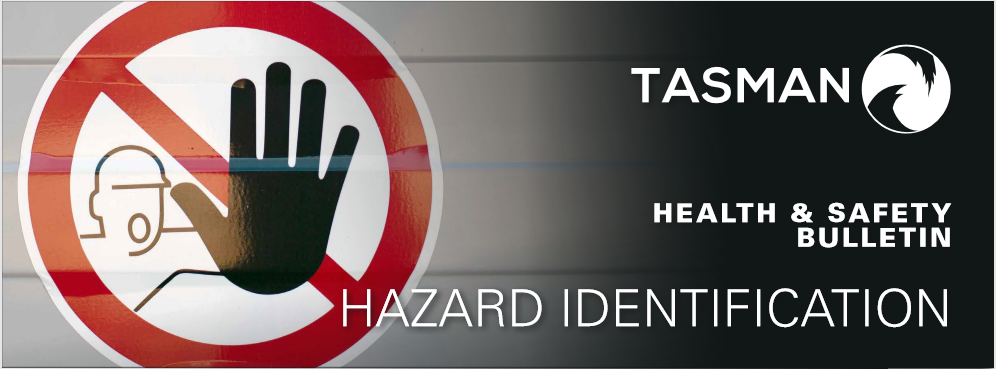Health & Safety Bulletin – Hazard Identification – April 19
Hazard identification, risk assessment and risk control
There are three steps used to manage health and safety at work.
- Spot the hazard (Identification)
- Assess the risk (Assessment)
- Make the changes (Control)
Spot the Hazard
Hazard is anything that could hurt any workplace participants. Examples of workplace hazards include:
- Noisy machinery that could result damage to hearing
- Boxes stacked improperly that could fall on someone
- Frayed electrical cords that could result in electrical shock.
It is important that each workplace participants to be remain alert at all times and spot the hazard and mitigate it to the best possible way.
Assess the Risk
Assessing the risk means working out how likely it is that a hazard will harm someone and how serious the harm could be.
It is important to tell someone (your supervisor or your health and safety representative) about hazards you can’t fix yourself, especially if the hazard could cause serious harm to anyone.
For example:
- ask your supervisor for instructions and training before using equipment
- ask for help moving or lifting heavy objects
- tell your supervisor if you think a work practice could be dangerous
If you are not sure of the safest way to do something on work experience, always ask your work experience supervisor.
Make the Changes
The best way to fix a hazard is to get rid of it altogether. The hierarchy of control is used to make changes or mitigate risks.
Elimination – Sometimes hazards – equipment, substances or work practices – can be avoided entirely.
Substitution – Sometimes a less hazardous thing, substance or work practice can be used. (e.g. Use a nontoxic glue instead of a toxic glue.)
Isolation – Separate the hazard from people, by marking the hazardous area, fitting screens or putting up safety barriers. (e.g. Welding screens can be used to isolate welding operations from other workers. Barriers and/ or boundary lines can be used to separate areas where forklifts operate near pedestrians in the workplace.)
Safeguards – Safeguards can be added by modifying tools or equipment, or fitting guards to machinery. These must never be removed or disabled by workers using the equipment.
Administrative Controls or Instructing workers in the safest way to do something – This means developing and enforcing safe work procedures.
Using personal protective equipment and clothing (PPE) – If risks remain after the options have been tried, it may be necessary to use equipment such as safety glasses, gloves, helmets and ear muffs. PPE can protect you from hazards associated with jobs such as handling chemicals or working in a noisy environment.
Sometimes, it will require more than one of the risk control measures above to effectively reduce exposure to hazards.

